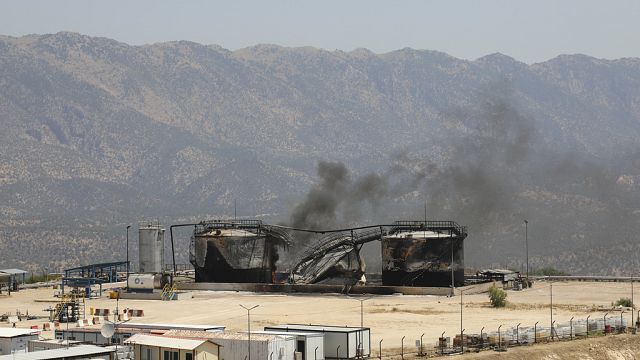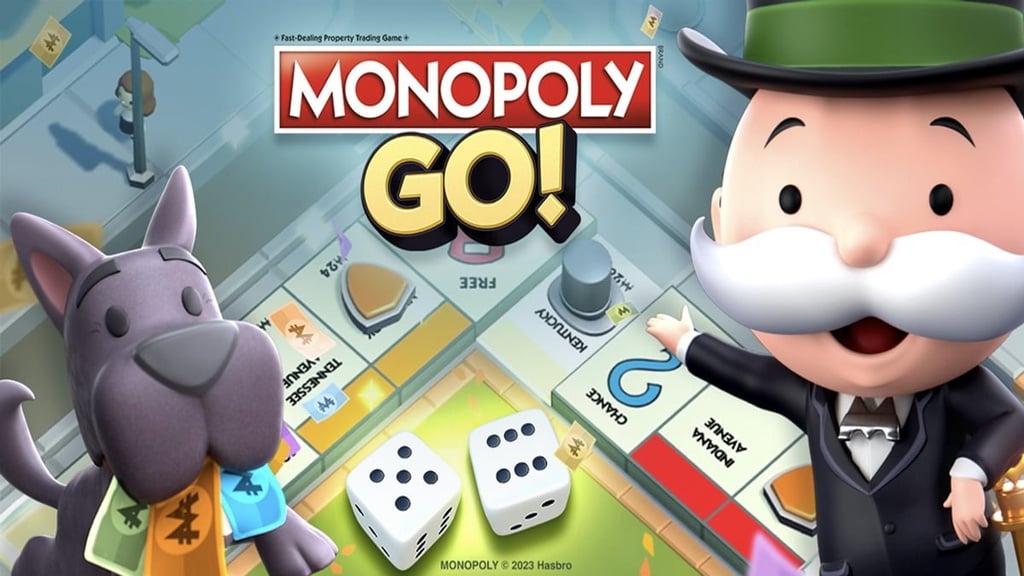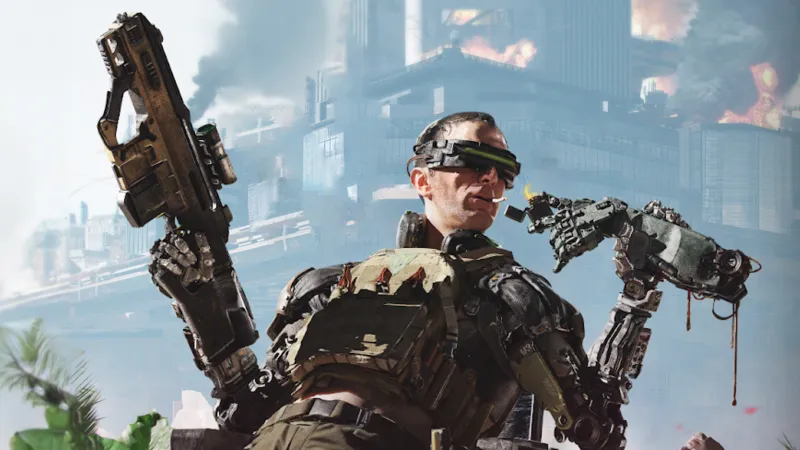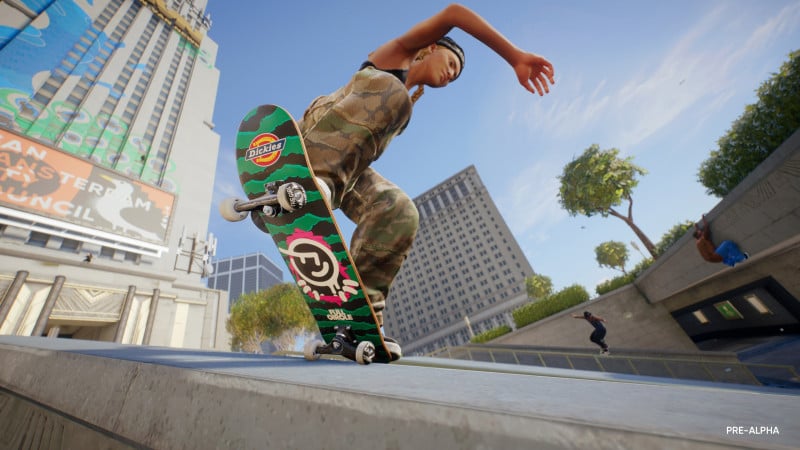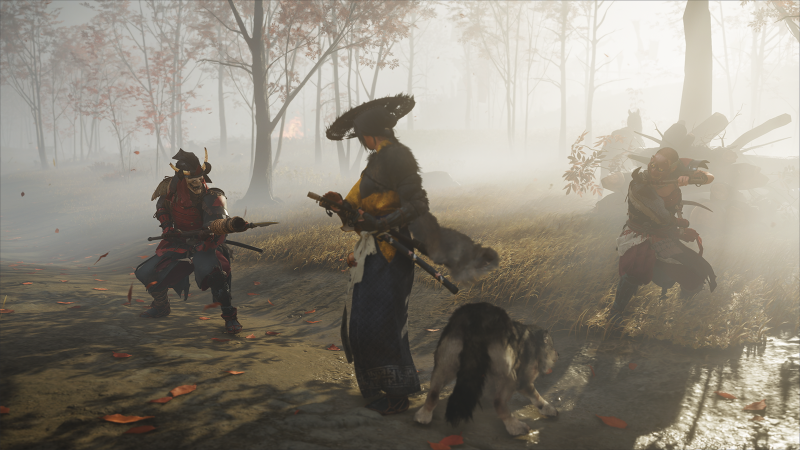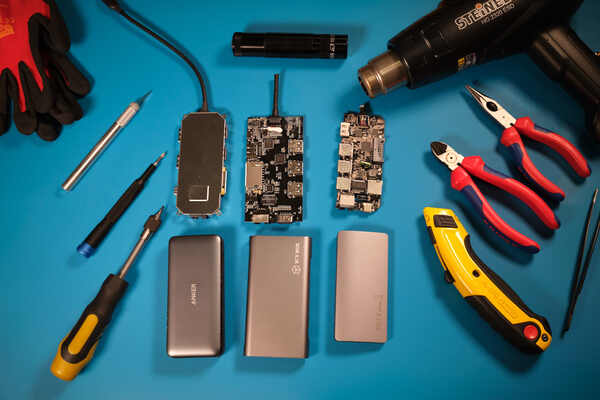Kill Russian soldiers, win points: Is Ukraine's new drone scheme gamifying war?

Kill Russians, win points: Is Ukraine's new drone scheme gamifying war?
Paul AdamsDiplomatic correspondent in Kyiv
 BBC/Xavier Vanpevenaege
BBC/Xavier VanpevenaegeThe images come in every day. Thousands of them.
Men and equipment being hunted down along Ukraine's long, contested front lines. Everything filmed, logged and counted.
And now put to use too, as the Ukrainian military tries to extract every advantage it can against its much more powerful opponent.
Under a scheme first trialled last year and dubbed "Army of Drones: Bonus" (also known as "e-points"), units can earn points for each Russian soldier killed or piece of equipment destroyed.
And like a killstreak in Call of Duty, or a 1970s TV game show, points mean prizes.
"The more strategically important and large-scale the target, the more points a unit receives," reads a statement from the team at Brave 1, which brings together experts from government and the military.
"For example, destroying an enemy multiple rocket launch system earns up to 50 points; 40 points are awarded for a destroyed tank and 20 for a damaged one."
Call it the gamification of war.
Each uploaded video is now carefully analysed back in Kyiv, where points are awarded according to a constantly evolving set of military priorities.
"I think, first and foremost, it's about quality data, the mathematics of war, and understanding how to use limited resources more effectively," says the man behind the e-points scheme, Mykhailo Fedorov, Ukraine's Minister of Digital Transformation.

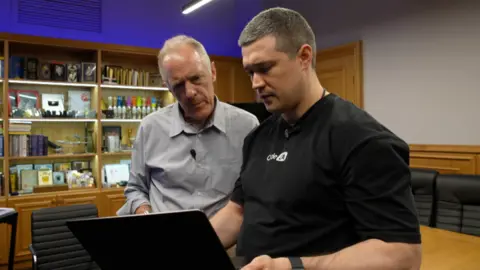 BBC/Xavier Vanpevenaege
BBC/Xavier VanpevenaegeBut after three and a half long years of grinding, all-out war, the system has another vital use.
"It's also about motivation," Fedorov says. "When we change the point values, we can see how motivation changes."
Fedorov's office sports a huge video screen with dozens of live feeds from Ukrainian drones flying over the front lines.
Together, the feeds provide a vivid glimpse into Ukraine's drone war, in which commanders claim flying robots now account for an estimated 70% of all Russian deaths and injuries.
Since the early days of Russia's full-scale invasion, social media feeds have been full of drone videos, usually set to soundtracks of thudding heavy metal music.
The turret of a tank, exploding in a ball of flame. A lone soldier, fending off an attacking drone with a rifle or a stick.
It can make for gruesome viewing. Each video celebrating the death of an opponent. The video going fuzzy as the drone explodes.
But beyond a sense of grim satisfaction, hard-pressed front-line units now operate in the knowledge that evidence of their exploits can bring them rewards.

 BBC/Xavier Vanpevenaege
BBC/Xavier VanpevenaegeThe BBC reached out to more than a dozen units to find out what front line soldiers make of the scheme. The responses were mixed.
"In general, my comrades and I are positive," said Volodymyr, a soldier from the 108th Territorial Defence Brigade. He asked us not to use his surname.
At a time when frontline units are burning through equipment, especially attack drones, at a ferocious rate, Volodymyr says the e-points scheme is proving useful.
"This is a way to make up for what we lose… while inflicting losses on the enemy as effectively as possible."
The 22nd Mechanised Brigade, currently fighting in the north-east of the country, has had about three months to get used to the new system.
"Once we figured out how it works, it turned out to be quite a decent system," said a soldier from the 22nd with the callsign Jack.
"Our lads are worn out, and nothing really motivates them anymore," Jack said. "But this system helps. The drones are provided through this programme, and the lads get rewarded. It's a decent motivation."
But others are less convinced.

 Getty Images
Getty Images"The fundamental issue of motivation isn't resolved by this," said a soldier who asked only to be identified by his callsign, Snake.
"Points won't stop people fleeing from the military."
A soldier who identified himself as Dymytro sent us a lengthy response in which he complained that units were spending too much time trying to claim each other's hits or would deliberately attack a Russian vehicle that had already been disabled, in order to earn more points.
For Dymytro, the whole concept seemed morally dubious.
"This system is just a result of our twisted mental habit of turning everything into profit," Dymytro complained, "even our own damned death."
But the e-points scheme is typical of the way Ukraine has fought this war: creative, out-of-the-box thinking designed to make the most of the country's innovative skills and minimise the effect of its numerical disadvantage.
Fedorov says 90-95% of fighting units are now participating, providing a steady stream of useful data.
"We've started receiving quality information and making decisions based on it," he says.
"By collecting data, we can propose changes, but the foundation is always military strategy."

 BBC/Xavier Vanpevenaege
BBC/Xavier VanpevenaegeIn an anonymous office block in Kyiv, we met some of the analysts whose job it is to pour over the footage, verify each hit and award points to the unit responsible.
We were asked not to reveal the location or use real names.
"We have two categories: hit and destroyed," Volodia told us. "So a different amount of e-points goes to the different categories."
It turns out that encouraging a Russian soldier to surrender is worth more points than killing one – a prisoner of war can always be used in future deals over prisoner exchanges.
"If for one… killed Russian you get one point," Volodia said, "if you capture him you multiply it by 10."
Volodia's team analyses thousands of hits every day.
"The hardest part is artillery," he said, showing us a video of a drone navigating expertly through the trees and into a trench where a gun is concealed.
"The Russians are very good at hiding and digging."
As Russia's tactics have evolved, so too has the e-points system.
Moscow's increased use of small, probing units, on foot or riding motorbikes, means that the value of an individual soldier has risen, relative to a tank or other armoured vehicle.
"Whereas previously the killing of an enemy soldier earned 2 points," the Brave 1 statement read, "now it earns 6."
And enemy drone operators are always more valuable than the drones themselves.
The system of rewards is being refined too.
Until now, units have been able to convert their points into cash, which many have used, along with crowd sourcing, to purchase badly needed extra equipment.
Now the e-points system is being directly integrated into something called the Brave 1 Market, which designers describe as "the Amazon for war".
Soldiers can browse more than 1,600 products, use their accumulated points, purchase items directly from manufacturers and leave reviews, with the Ministry of Defence picking up the tab afterwards.
Brave 1 Market is designed to sit alongside traditional, cumbersome military procurement, rather than replace it. The hope is that units will have quicker access to preferred items, from drones to components and unmanned ground vehicles (UGVs) that can evacuate wounded soldiers from dangerous frontline positions.
Points for kills. Amazon for war. To some ears, it might all sound brutal, even callous.
But this is war and Ukraine is determined to hold on. By fighting as effectively, and efficiently as it can.
What's Your Reaction?
 Like
0
Like
0
 Dislike
0
Dislike
0
 Love
0
Love
0
 Funny
0
Funny
0
 Angry
0
Angry
0
 Sad
0
Sad
0
 Wow
0
Wow
0



